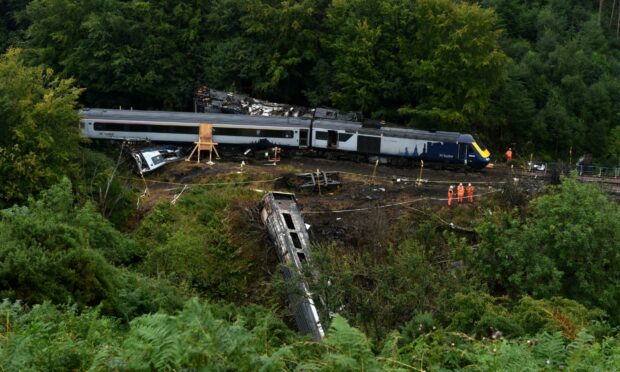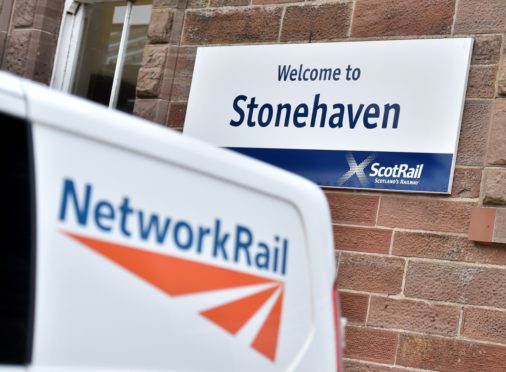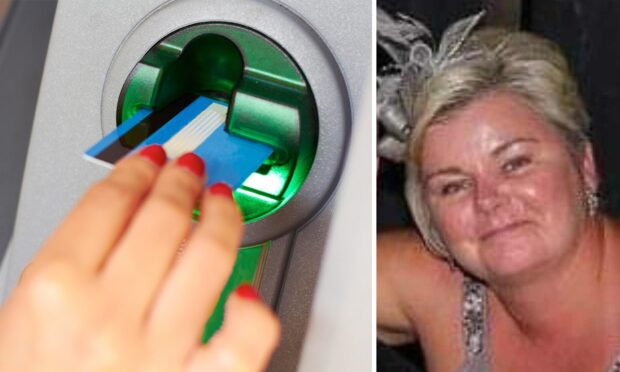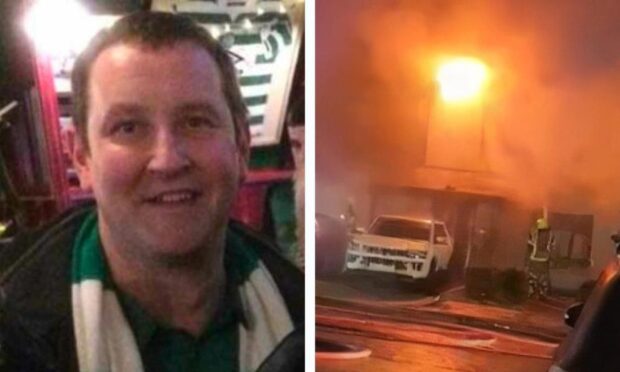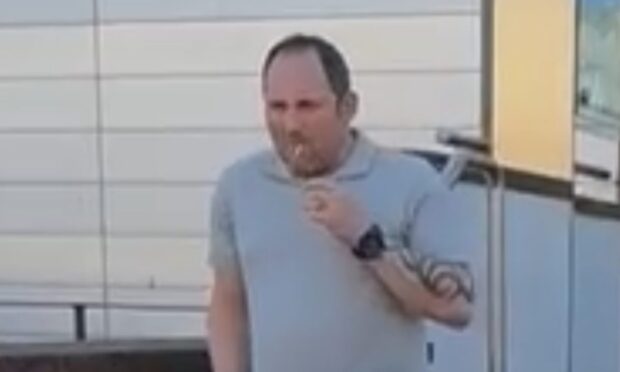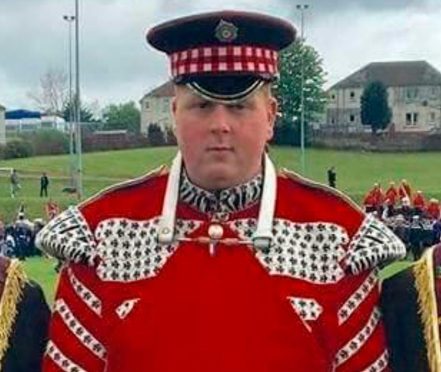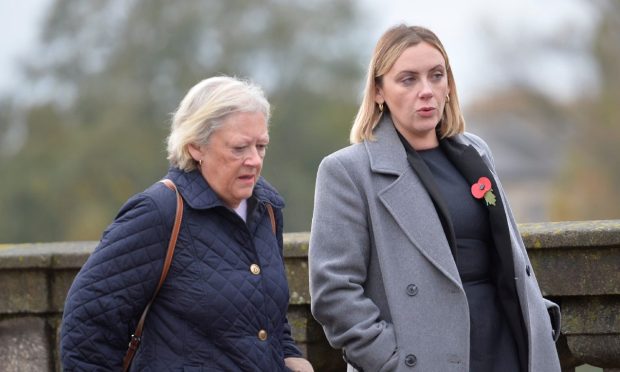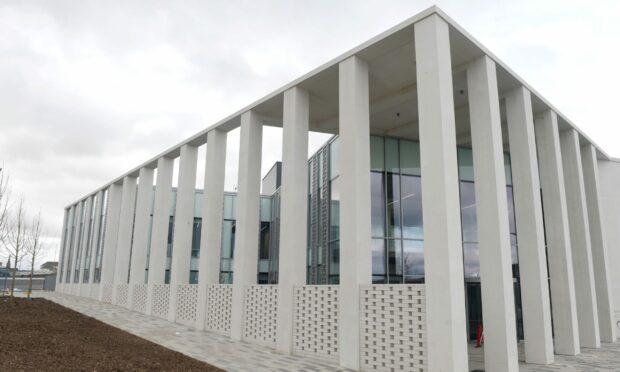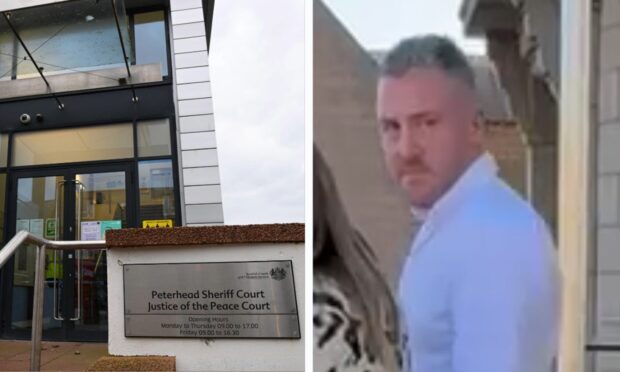A rail body has today admitted a catalogue of errors which caused the Stonehaven train crash.
The Crown is prosecuting Network Rail for its failures in the decade before the Stonehaven rail crash, which killed three people in 2020.
Now, Network Rail has pled guilty to failing to conducting itself in a way that would prevent people from a risk of serious injury and death.
They did not properly train staff
Network Rail has admitted:
– failing to ensure a drain at the crash scene was built according to design papers.
– failing to arrange a “handover” meeting with contractors to check the drain had been built properly. Some parts were upside down.
– failing to input details of the drain onto its database, so staff did not know it existed and could not order an inspection.
– Not properly training its staff in how to use specialist weather forecasting technology and so they could not call an extreme weather action meeting on the morning of the crash.
– Failing to put a speed limit in place at the crash scene despite severe weather and failing to order the train driver to slow down.
Records state the train was travelling at 72.8mph at the time of the crash. A speed restriction could have reduced it to 5mph.
Rail authorities have previously stressed that train driver Brett McCullough did nothing wrong by driving at that speed.
This is a breaking news story and our reports will be bringing you comprehensive coverage of the court case later today.
